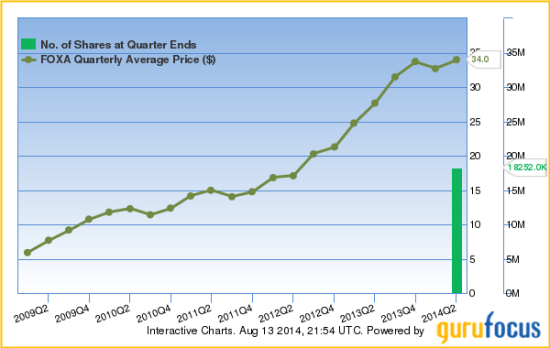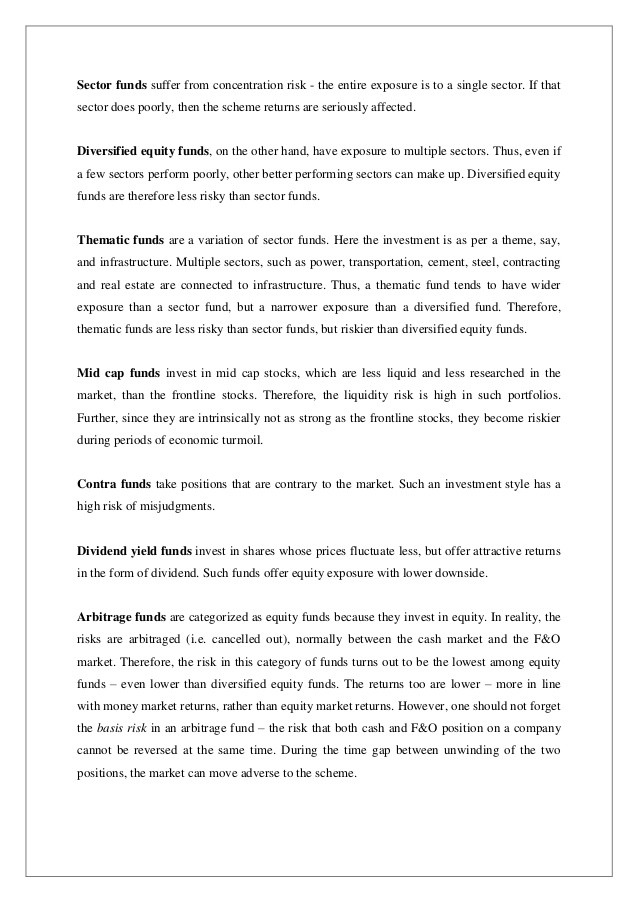Diversifying A Concentrated Stock Position Yahoo Finance Canada
Post on: 3 Май, 2015 No Comment

Many people, who have worked for a company for a long time, including executives, often accrue a concentrated stock holding in one company (usually their employer). This can often pose a problem for the investor, in terms of lack of diversification, tax issues and liquidity. A highly concentrated stock position exposes the investor to significant risk exposure to the fortunes of a single company. In addition, selling the entire position may not be a tax-efficient option, if there has been significant capital gains accrued on the position. To manage these problems, there are generally four strategies that can usually be taken to minimize the risk to your net worth.
Not for Everyone
Not everyone can take advantage of the strategies discussed in this article. Typically, most of the financial instruments described will require the investor to be considered an accredited investor by the Securities and Exchange Commission (SEC). This generally restricts the use of these tools to high net worth investors, who have a significant undiversified stock position that they want to hedge.
Equity Collars
The first approach is a very common hedging strategy, and one that may be familiar to many investors. The equity collar method involves the purchase of a long-dated put option on the concentrated stock holding, plus the sale of a long-dated call option. The collar should leave enough room for potential gains and losses, so it is not construed as a constructive sale by the Internal Revenue Service (IRS) and subject to taxes.
In an equity collar, the put option gives the owner the right to sell their undiversified stock position at a given price in the future, providing them with downside protection. The sale of the call option provides the investor with premium income that they can use to pay for the purchase of the put option. Often, many will opt for a costless collar, where the premium from the sale is just enough to cover the entire cost of purchasing the put option, resulting in zero cash outflow required from the investor.
Alternatively, if you want additional income, you also have the choice to sell a call option with a higher premium, which creates a net cash inflow for the investor. However you want to do it, the equity collar will effectively limit the value of the stock position between a lower and upper limit over the time horizon of the collar.
Variable Prepaid Forward (VPF)
Another popular strategy, that can achieve a similar effect as the equity collar, is the use of a variable prepaid forward contract (VPF). In a VPF transaction, the investor with the concentrated stock position agrees to sell their shares at a future date in exchange for a cash advance at the present date. Depending on the performance of the stock, in the market, the number of shares sold at the future date would vary in a range. At higher stock prices, fewer shares would need to be sold to satisfy the obligation, and vice versa with lower stock prices. This variability is one reason the use of a VPF is not considered a constructive sale by the IRS.
The benefit of this approach is the immediate liquidity received from the cash advance. In addition, the use of the VPF allows for the deferral of capital gains and flexibility in choosing the future sale date of the stock.
Exchange Fund
The first two methods described were hedging strategies using over-the-counter derivatives that minimized the downside risk to the investor. These next methods also attempt to minimize the downside risk, but leave more room to profit on the upside.

The exchange fund method takes advantage of the fact that there are a number of investors, in a similar position, with a concentrated stock position who want to diversify. So, in this type of fund, several investors pool their shares into a partnership, and each investor receives a pro-rata share of the exchange fund. Now the investor owns a share of a fund that contains a portfolio of different stocks – which allow for some diversification.
This approach achieves a measure of diversification for the investor, and allows for the deferral of taxes. However, exchange funds typically have a seven year lock-up period to satisfy the tax deferral requirements, which could pose a problem for some investors.
Completion Fund
The last method is a relatively straightforward approach to diversify a concentrated stock position. A completion fund diversifies a single position by selling small portions of the holding slowly, over time, and reinvesting the money to purchase a more diversified portfolio. Contrary to the exchange fund, the investor remains in control of the assets, and can complete the desired diversification within a specified time frame.
As an example of the completion fund, suppose you own $5 million worth of General Electric stock, and you want to reduce your exposure to this stock. The stock position has appreciated significantly over time, and you don’t want to sell all of the $5 million in one transaction because of the amount of immediate taxes you would have to pay. You could choose to sell 15% of the position each year, and use the proceeds to diversify into other stocks. So, over time the investor achieves a fully diversified portfolio aligned with their risk tolerance.
Conclusion
In general, most of the strategies described here are best carried out by a professional financial advisor. However, it is definitely worth knowing your options when it comes to protecting your net worth so you can make an informed decision when choosing an advisor to execute these strategies.














